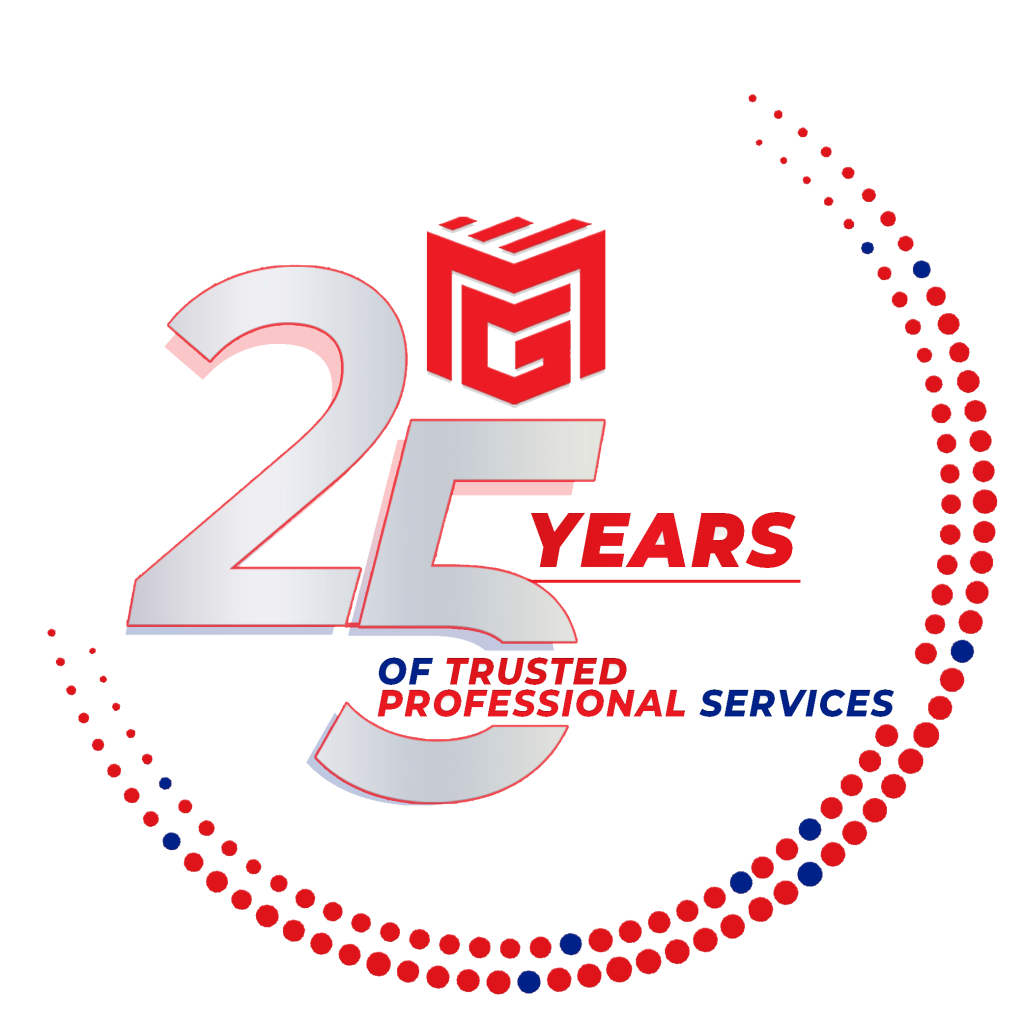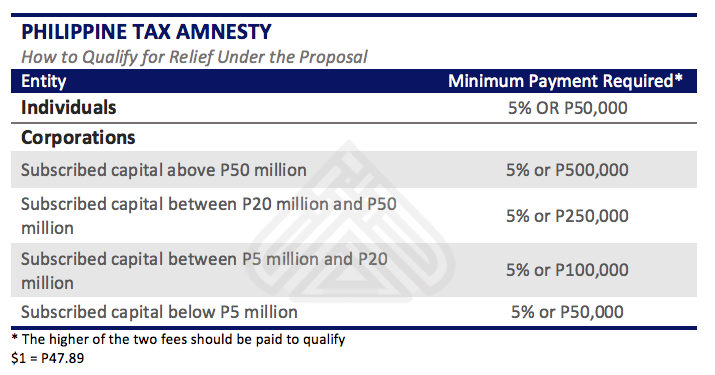 Dr. Michael A. Machica, the managing partner and chairman of Machica Tan-Cruz & Co., is one of the distinguished speakers at the first Entraprofessionals Accounting Summit. Held at the Crown Plaza Galleria on September 15-16, 2017, Dr. Machica shared his valuable insights and personal journey of “Becoming Extraordinary in Public Practice”. His talk was centered on: the leader’s roles and values, service capabilities and strategies, business development, and leading and sustaining change.
Dr. Michael A. Machica, the managing partner and chairman of Machica Tan-Cruz & Co., is one of the distinguished speakers at the first Entraprofessionals Accounting Summit. Held at the Crown Plaza Galleria on September 15-16, 2017, Dr. Machica shared his valuable insights and personal journey of “Becoming Extraordinary in Public Practice”. His talk was centered on: the leader’s roles and values, service capabilities and strategies, business development, and leading and sustaining change.
 In sharing his expertise in leading and growing public accountancy practice, Dr. Machica has reflected on what has effectively worked at his own firm. Indeed, from a stand-alone office in Tacloban City where it all started, Machica Tan-Cruz & Co. is now one of the leading professional services providers in the country with operations strategically positioned in Metro Manila and in the Visayas. Based on the audience feedback, Dr Machica is very pleased to have been an inspiration to many.
In sharing his expertise in leading and growing public accountancy practice, Dr. Machica has reflected on what has effectively worked at his own firm. Indeed, from a stand-alone office in Tacloban City where it all started, Machica Tan-Cruz & Co. is now one of the leading professional services providers in the country with operations strategically positioned in Metro Manila and in the Visayas. Based on the audience feedback, Dr Machica is very pleased to have been an inspiration to many.
The summit, organized by the Professionals of the Future (POF), was a gathering of professional accountants from various sectors. The POF is also coming up with a publication of 50 Inspiring Accountants which incidentally features Dr. Machica









